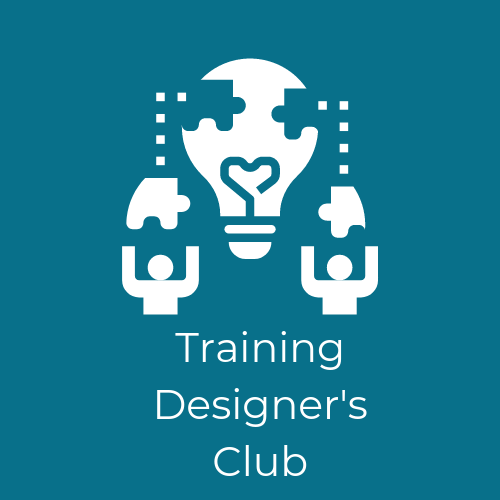Induction training is a huge passion of mine. People are taking the first steps an exciting new career. They have let go of the security and familiarity of their previous job where they were probably highly competent, well-known and comfortable. Now they are taking a step into the unknown.
The first few days are incredibly important in shaping their feelings about their new company and validating their decision to join it.

Yet so many induction programmes are a let down (though there are of course some great examples of how to get it right!). Many organisations still go no further than providing the basic health and safety information, and completing all of the paperwork that is required to employ somebody. Reading a lot of manuals or clicking through a load of e-learning and completing multiple choice tests to prove learning has been completed can’t be inspiring or effective.
Induction training is a fantastic opportunity to really engage someone in your business. To me it is just as important as leadership development. Personally I like to see in induction programme that last for a few weeks, but I recognise that this isn’t always possible and indeed it isn’t always required. So how do you decide what should be in induction programme and what shouldn’t?
To answer this question it is worth revisiting our old friend Maslow. Yes, I know that models like this are out of fashion at the moment, and I accept that maybe, they are over simplified. But, if you look at his Hierarchy of Needs they give us an excellent blueprint for induction programme.
The first level is all about fulfilling basic physical needs, although many of these should have been dealt with as part of the recruitment process. People need to be aware how much they will be paid, that they are capable of doing the job, and they will get acceptable terms and conditions, that their workplace is accessible etc.
The second level is all about safety. All induction programmes should cover the needs included in this level. So yes, the health and safety issues have to be covered. Of course the way you cover them can make a huge difference to how well they are remembered and how engaging that aspect of the training is. Regardless of your views on learning styles (which aren’t styles, but preferences) mixing up the delivery methods here has got to be a good thing. People need to be made aware of what they can and cannot do and what is expected of them. In short they need to know how to operate within the limits of the organisation. Again this is something that should be covered on all induction programmes. If we don’t, the person is effectively working in the dark and may be worried about making mistakes.
I believe that good induction programmes also address the needs and level 3 of the hierarchy: belonging and social needs. All of the induction programs that I write are active and inclusive. They require the new starter’s colleagues and managers to get involved as buddies or coaches or merely to support the new starter, as they learn through completing practical activities. It’s important that people take responsibility for their own learning, lean on the job (as much as possible) but are fully supported in doing that. This is because I believe that induction programmes should take people to a basic level of competence in the core aspects of their job. As soon as someone is adding value, they feel that they belong. They are accepted by the team and feel useful. There is nothing worse than starting in a new job and finding that it is a surprise to many people, everyone is busy, you can’t do anything to help, and are basically just left on your own to read policies or complete e-learning. It is soul destroying, and you start to wonder why you ever left your old job.
Once someone has reached basic competence in core aspects of their job, they should then be guided towards the usual development opportunities, performance management and career planning processes in place. These can take someone towards level 4 of the hierarchy: Esteem.
So if you don’t have an induction programme or feel that yours isn’t quite up to scratch, link the key elements to Maslow’s Hierarchy of Needs.
Level I – orientation
level II – on boarding
level III – job specific induction and training
By following these simple guidelines you can quickly take someone from unconsciously incompetent to consciously competent and from scared, nervous and excited, to confident, comfortable and excited!
And don’t forget, that even professionals and senior people need inducting too! They may not need to be told how to do their job, but they will need help to perform their role in their new environment. After all, even Michelin starred chefs can’t boil an egg if they don’t know where the pans are!!
